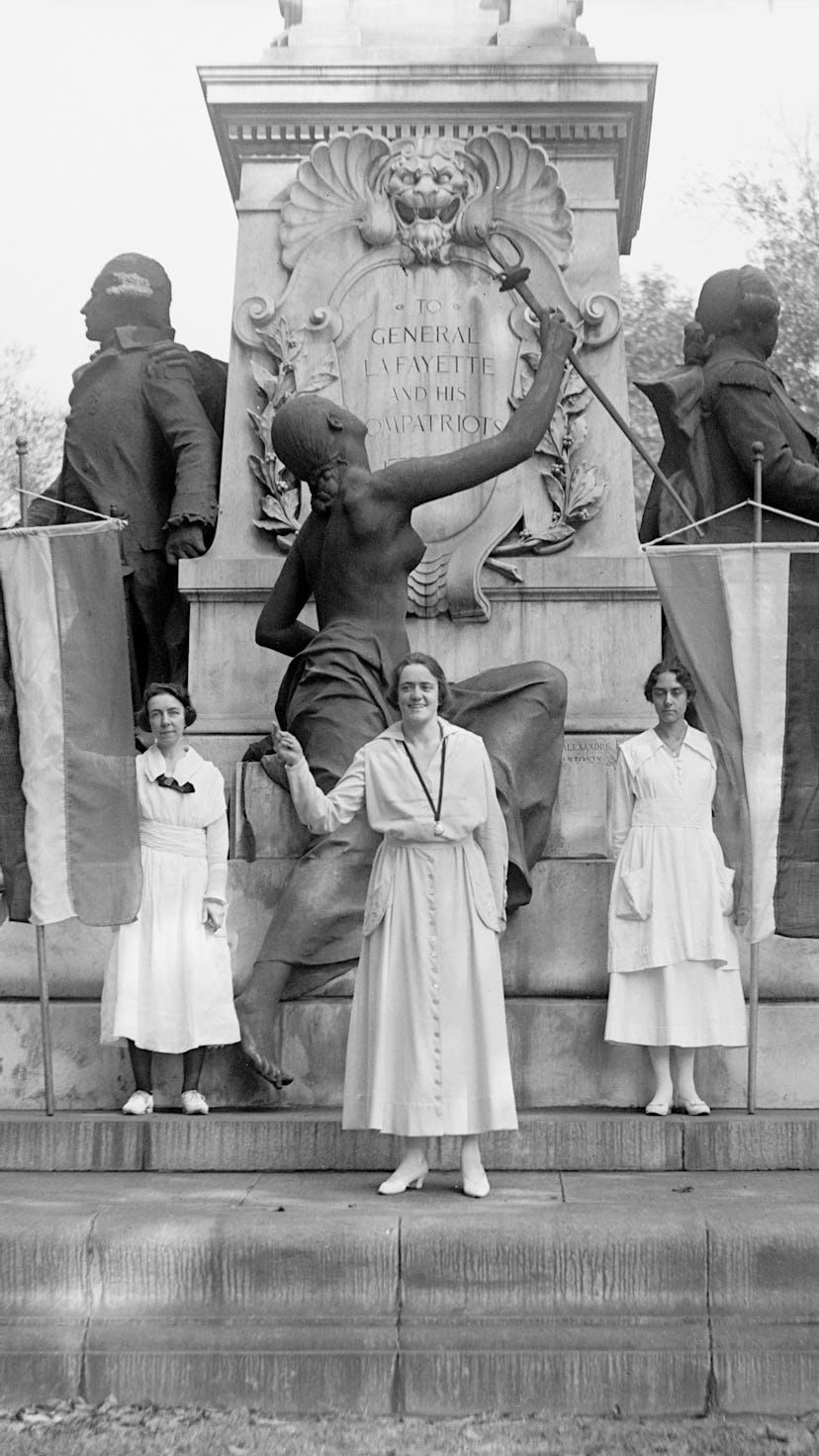History
A Short Timeline Of How Women Got The Right To Vote
The events, speeches, marches, and protests you should have learned in high school history.
by JR Thorpe

Photo 12/Universal Images Group/Getty Images
1848: Elizabeth Cady Stanton writes the Declaration Of Sentiments, making 11 demands for women’s equality, and presents it at the Women’s Convention at Seneca Falls. This is now seen as the start of the women’s suffrage movement in the U.S.
Kean Collection/Archive Photos/Getty Images
1848: One of the signers of the Declaration, Quaker and social reformer Lucretia Mott, spends the summer with the Seneca Nation, a society where women have a lot of political power. Historians believe this influenced her fight for the right to vote.
Tap